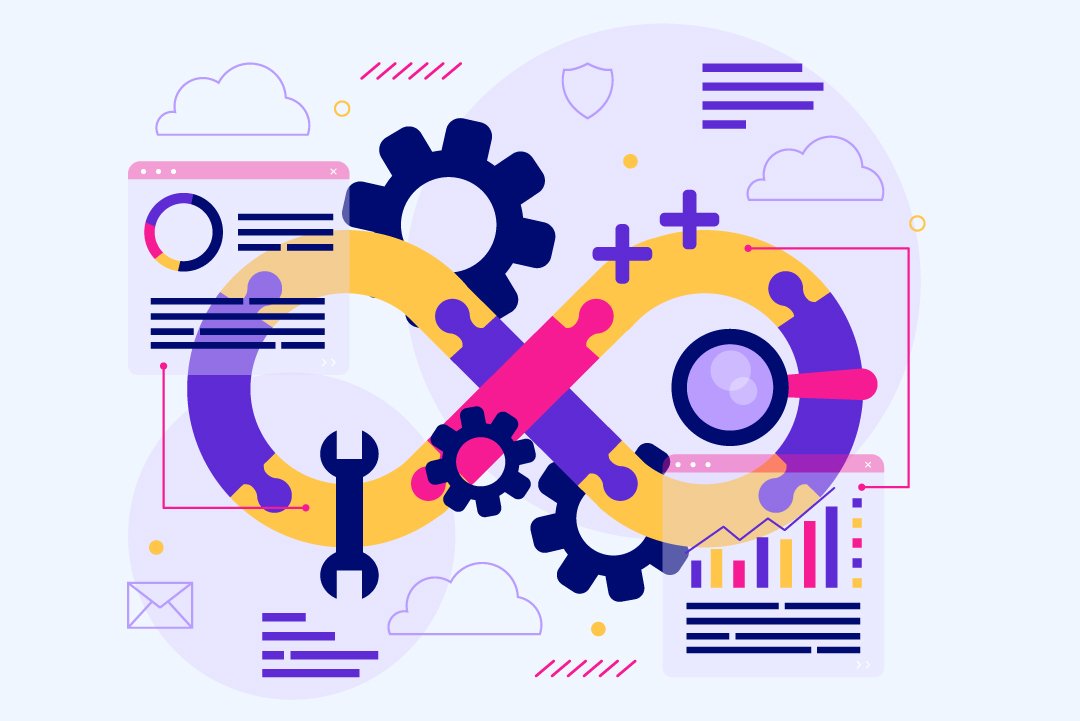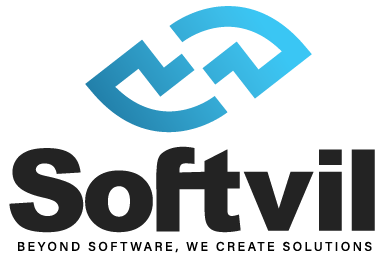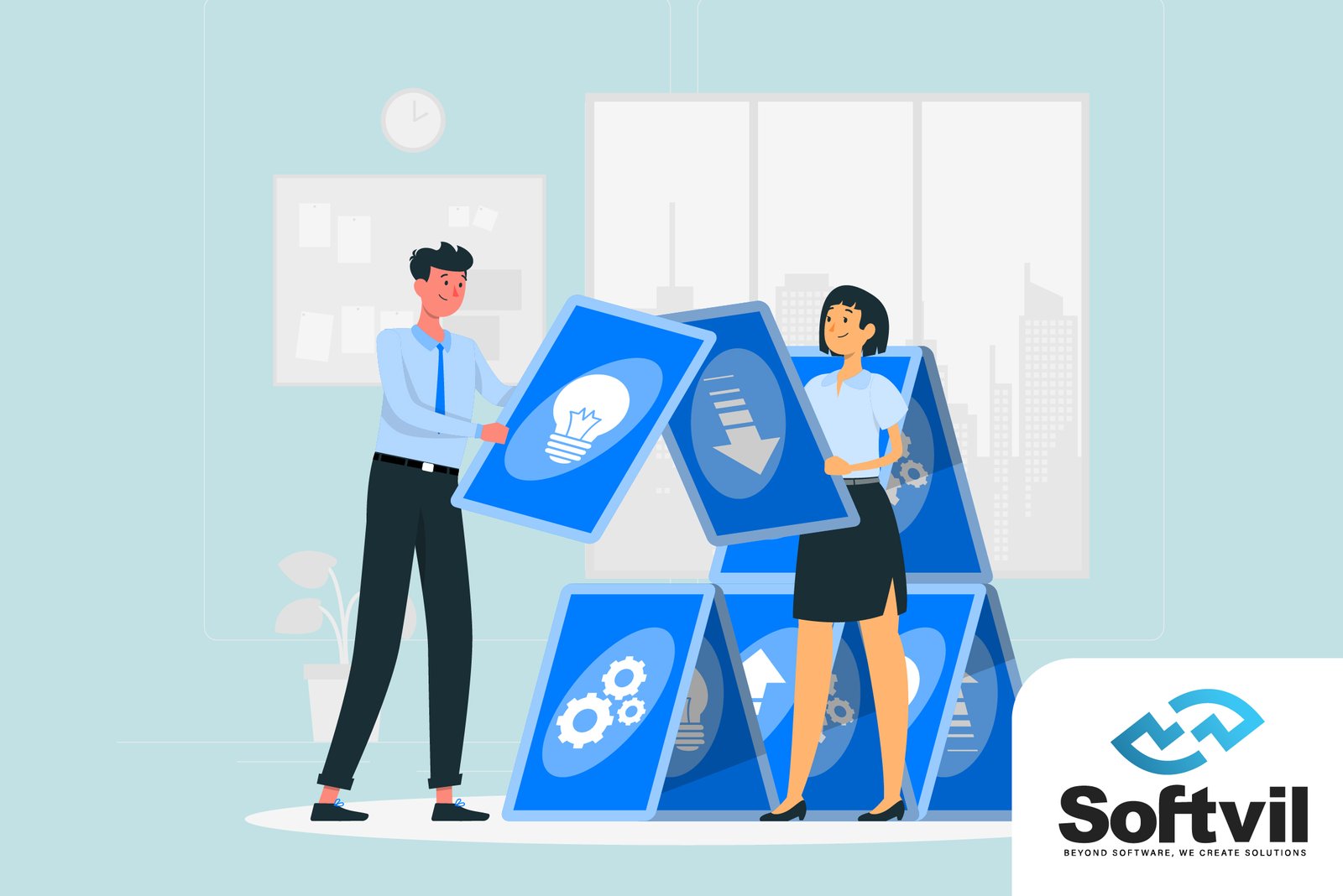In today’s dynamic business landscape, the integration of resource augmentation with in-house teams, and strategic software outsourcing partners, has emerged as a crucial imperative for organizations seeking heightened productivity and agility. Resource augmentation, encompassing onshore, nearshore, and offshore models, and the collaboration with external software outsourcing partners, presents a powerful solution to address skill gaps, augment expertise, and foster innovation within existing teams.
This article delves into the symbiotic relationship between resource augmentation, in-house teams, and software outsourcing partners, exploring key strategies for seamless integration, effective collaboration, and maximizing overall productivity. As businesses face evolving challenges, understanding the nuances of resource augmentation becomes crucial for harnessing the full potential of their workforce, including the specialized skills brought in by software outsourcing partners. The introduction outlines the significance of maintaining in-house teams as the backbone of organizational culture and operations, while resource augmentation, in conjunction with software outsourcing partners, acts as a dynamic catalyst, injecting specialized skills and diverse perspectives.
Understanding Resource Augmentation

Overview of Resource Augmentation Models
Organizations navigate a spectrum of resource augmentation models, including onshore, nearshore, and offshore strategies. Onshore augmentation involves acquiring talent within the same geographic region, nearshore augmentation extends this to nearby locations, while offshore augmentation taps into global talent pools.
Identifying Skill Gaps and Needs in In-House Teams
Effective resource augmentation begins with a meticulous assessment of existing in-house team capabilities. Identifying skill gaps and pinpointing specific needs within the team sets the foundation for a targeted and strategic augmentation approach.
Benefits of Resource Augmentation for In-House Teams
The synergy between in-house teams and software outsourcing partners through resource augmentation yields multifaceted benefits. This includes accelerated project timelines, access to specialized skills, cost-effectiveness, and enhanced innovation stemming from the amalgamation of diverse perspectives.
By delving into these facets, organizations gain a comprehensive understanding of the resource augmentation landscape, enabling them to strategically leverage the benefits of onshore, nearshore, and offshore models while addressing skill gaps within their in-house teams. This integration not only fortifies existing structures but also establishes a resilient and adaptable framework, crucial for sustained success in the ever-evolving technological landscape.
Strategies for Seamless Integration

Needs Assessment and Goal Alignment
Conducting a thorough needs assessment is paramount for seamless integration. Aligning the goals of the in-house team and the software outsourcing partner ensures a unified vision. Identifying specific requirements and expectations facilitates a targeted augmentation approach, enhancing overall team cohesion.
Team Structure and Roles Definition
Clearly defining team structures and roles is fundamental for successful integration. Establishing the responsibilities of both in-house and augmented team members promotes accountability and minimizes potential conflicts. This step ensures that each team member, whether internal or from a software outsourcing partner, understands their role in achieving overarching project objectives.
Communication Protocols and Tools
Effective communication forms the bedrock of seamless integration. Establishing clear communication protocols and utilizing collaborative tools foster real-time interaction between teams. Integration of suitable communication technologies ensures transparency, minimizes misunderstandings, and promotes a cohesive working environment.
Onboarding and Training Processes
Streamlined onboarding processes are crucial for integrating new members seamlessly. Comprehensive training programs ensure that software outsourcing partners are familiar with organizational workflows, protocols, and methodologies. This fosters a quick adaptation to the organizational culture, facilitating smoother collaboration.
Establishing a Unified Project Management System
Implementing a unified project management system is instrumental for harmonizing workflows. Utilizing a shared platform for task allocation, progress tracking, and milestone management enhances coordination. This ensures that both in-house and augmented teams are on the same page, contributing to the overall efficiency of the project.
By meticulously addressing these subtopics, organizations can implement robust strategies that promote seamless integration between in-house teams and software outsourcing partners. This approach not only optimizes collaborative efforts but also sets the stage for sustained productivity and success in complex projects.
Effective Collaboration Techniques

Building a Collaborative Culture
Establishing a collaborative culture is foundational for successful integration with a software outsourcing partner. Fostering an environment that values open communication, idea sharing, and mutual respect cultivates a sense of unity. This cultural alignment forms the basis for productive collaboration.
Cross-Team Collaboration Initiatives
Initiatives that encourage cross-team collaboration are essential. Facilitating joint workshops, brainstorming sessions, and knowledge-sharing forums foster a cohesive working relationship. This cross-pollination of ideas enhances creativity and ensures that the collective expertise of both the in-house team and the software outsourcing partner is leveraged effectively.
Regular Check-ins and Progress Meetings
Scheduling regular check-ins and progress meetings is vital for staying on course. These sessions provide opportunities to discuss ongoing tasks, address challenges, and align strategies. Clear communication during these meetings ensures that both teams are synchronized in their efforts, preventing potential roadblocks.
Utilizing Technology for Real-Time Collaboration
Embracing technology for real-time collaboration is instrumental in overcoming geographical barriers. Implementing collaborative tools, project management platforms, and communication software facilitates instant information sharing. This technological integration fosters seamless collaboration between in-house teams and software outsourcing partners, promoting efficiency and responsiveness.
Team Building Activities
Team building activities play a crucial role in fostering camaraderie. Whether through virtual or in-person events, creating opportunities for team members to bond strengthens relationships. These activities contribute to a positive team dynamic, breaking down barriers and enhancing collaboration between the in-house team and the software outsourcing partner.
By incorporating these effective collaboration techniques, organizations can cultivate a work environment that transcends physical and organizational boundaries. This approach not only ensures the successful integration of in-house teams with software outsourcing partners but also promotes sustained synergy, creativity, and productivity in collaborative endeavors.
Maximizing Productivity through Resource Augmentation

Efficient Task Allocation and Project Planning
Streamlining task allocation and project planning is crucial for optimizing productivity with a software outsourcing partner. Clear delineation of responsibilities ensures that each team member, whether from the in-house team or the outsourcing partner, contributes effectively to project milestones. Rigorous project planning minimizes delays and enhances overall efficiency.
Leveraging Diverse Skill Sets
The inherent advantage of resource augmentation lies in accessing diverse skill sets. Leveraging the unique expertise brought in by the software outsourcing partner enriches the collective capabilities of the team. By strategically assigning tasks based on individual strengths, organizations can maximize efficiency and foster innovation.
Continuous Learning and Skill Enhancement Programs
Implementing continuous learning and skill enhancement programs is essential for staying at the forefront of industry trends. Encouraging both in-house teams and software outsourcing partners to engage in ongoing professional development ensures a dynamic skill set. This proactive approach enhances adaptability and productivity in the face of evolving project requirements.
Performance Metrics and Evaluation
Establishing robust performance metrics and evaluation processes is critical for gauging the effectiveness of the augmented team. Regular assessments, aligned with project objectives, provide insights into individual and collective performance. This data-driven approach facilitates informed decision-making and enables adjustments for sustained productivity.
Agile Methodologies and Flexibility in Workflows
Embracing agile methodologies and fostering flexibility in workflows is paramount for adapting to dynamic project demands. The agile approach accommodates changes efficiently, ensuring that the in-house team and the software outsourcing partner can respond swiftly to evolving requirements. This adaptive framework promotes a responsive and highly productive work environment.
By strategically implementing these approaches, organizations can harness the full potential of resource augmentation, ensuring that the collaboration between in-house teams and software outsourcing partners results in enhanced productivity, adaptability, and successful project outcomes.
Challenges and Solutions

Common Challenges in Integrating Augmented Resources
Integrating augmented resources, especially when collaborating with a software outsourcing partner, presents common challenges. These may include differences in communication styles, time zone disparities, and potential cultural misunderstandings. Navigating these hurdles is essential for seamless collaboration.
Strategies to Overcome Integration Challenges
Implementing effective strategies to overcome integration challenges is pivotal. This involves fostering open communication channels, establishing a shared understanding of project objectives, and leveraging technology for real-time collaboration. Proactive problem-solving and addressing potential issues head-on contribute to successful integration.
Mitigating Risks Associated with Resource Augmentation
Mitigating risks associated with resource augmentation requires a comprehensive approach. Developing clear contractual agreements, setting realistic expectations, and conducting thorough due diligence on the software outsourcing partner help minimize potential risks. Regular assessments and open feedback mechanisms provide avenues for continuous improvement.
Navigating the challenges in integrating augmented resources, particularly with a software outsourcing partner, demands a strategic and proactive approach. By addressing common integration challenges head-on, implementing effective strategies, and mitigating risks through careful planning, organizations can optimize the collaborative efforts of in-house teams and external partners. This ensures a resilient and successful integration that maximizes the benefits of resource augmentation while minimizing potential obstacles.
Conclusion
In conclusion, the seamless integration of resource augmentation, particularly with a software outsourcing partner, is a strategic imperative for organizations navigating the complexities of the modern business landscape. By adopting efficient task allocation, leveraging diverse skill sets, and embracing agile methodologies, businesses can maximize productivity. Despite common challenges, proactive communication and risk mitigation strategies ensure successful integration. Continuous learning programs further enhance adaptability. This collaborative synergy not only addresses skill gaps but also propels organizations towards sustained success in an ever-evolving environment. The strategic partnership between in-house teams and software outsourcing partners emerges as a dynamic formula for innovation, efficiency, and long-term growth.

